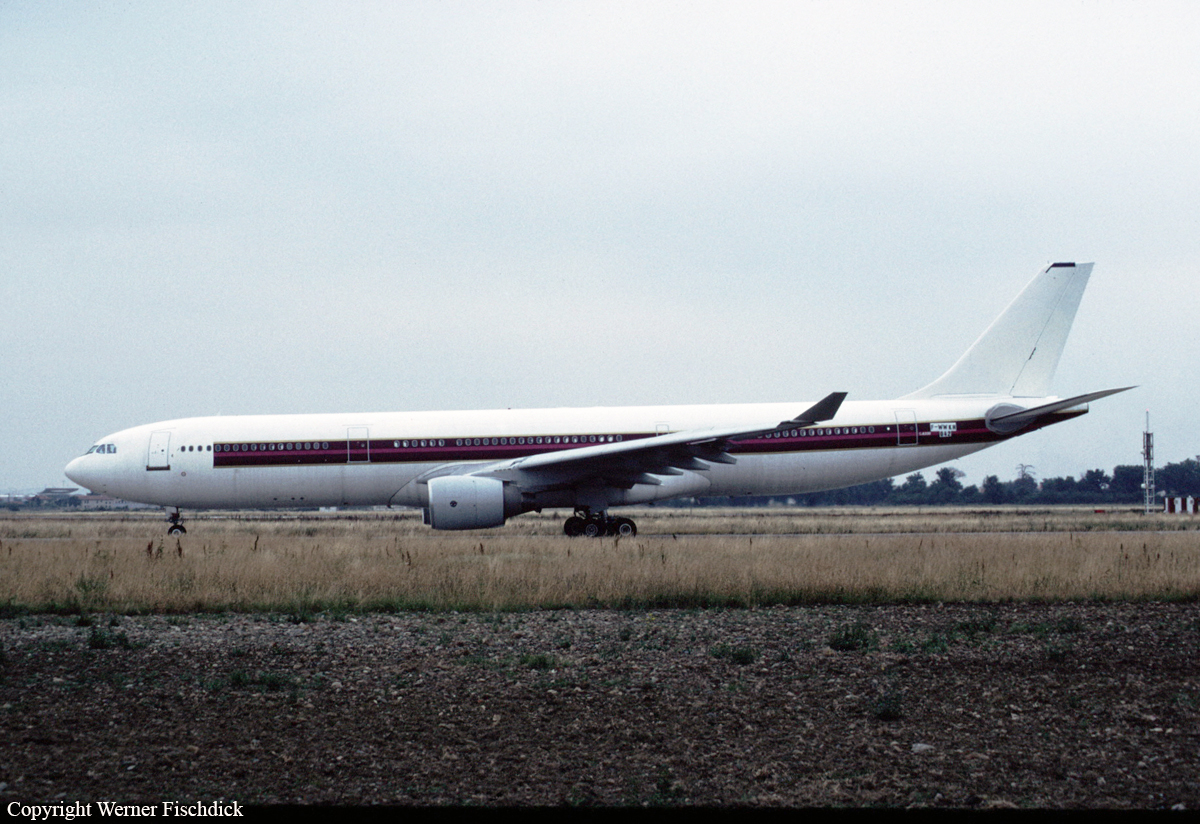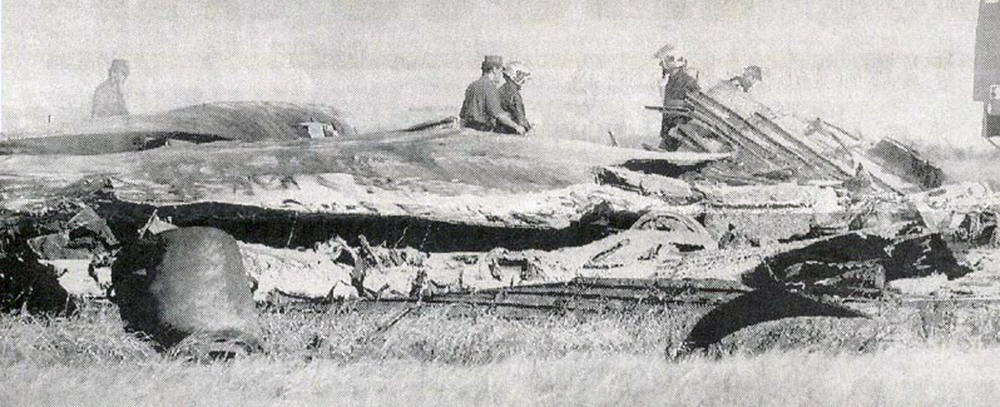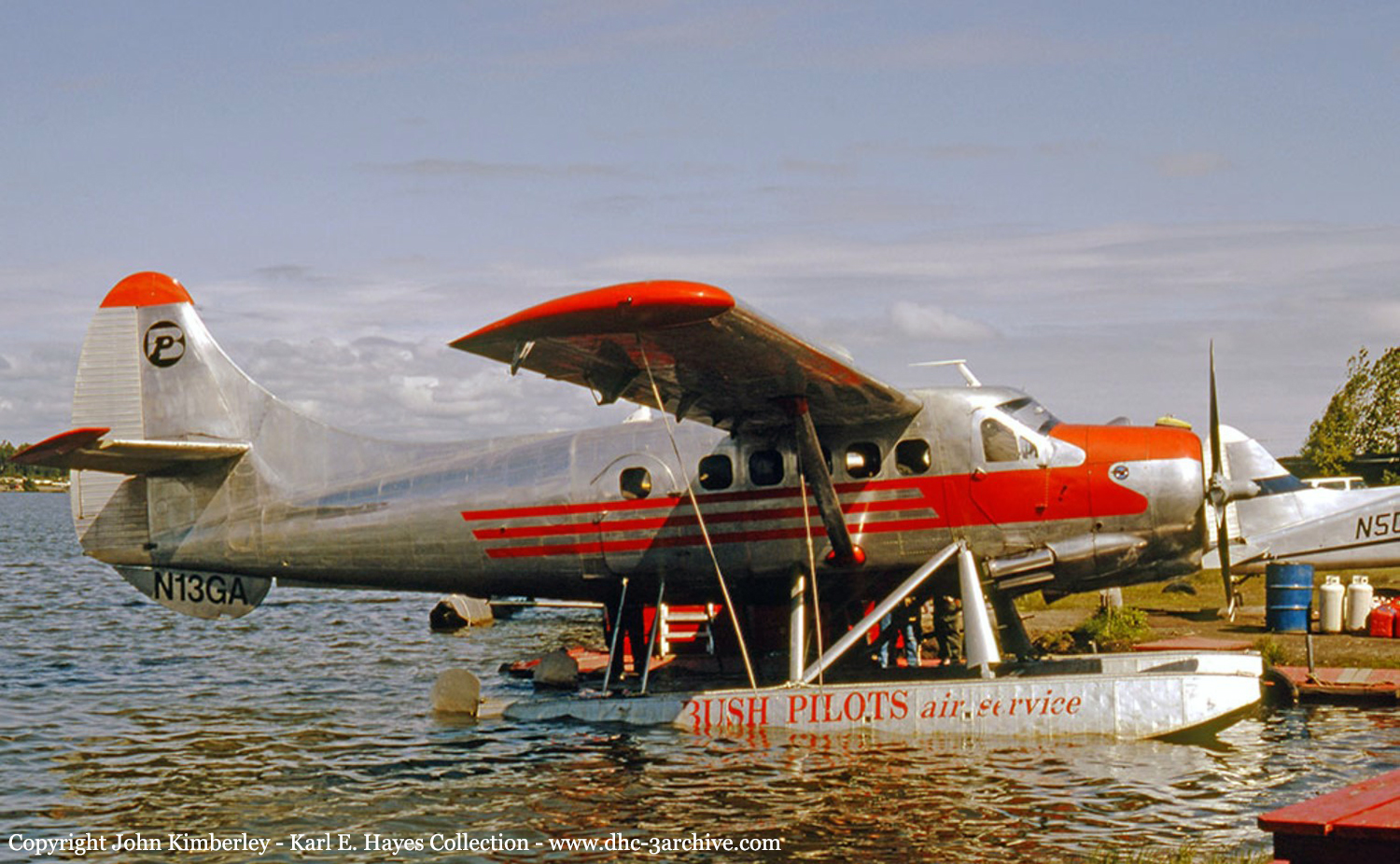Crash of a Piper PA-46-350P Malibu Mirage in Lancaster
Date & Time:
Jul 13, 1994 at 1415 LT
Registration:
N800CE
Survivors:
Yes
Schedule:
Lancaster – Des Moines
MSN:
46-22020
YOM:
1989
Crew on board:
1
Crew fatalities:
Pax on board:
4
Pax fatalities:
Other fatalities:
Total fatalities:
0
Captain / Total hours on type:
2400.00
Circumstances:
The airplane was on takeoff climb, about 400 feet above the ground, when the engine partially and then totally lost power. The pilot did a forced landing in a bean field. The flight occurred following maintenance to check a low manifold pressure condition. According to the pilot, a 'full' engine runup was done before takeoff. He stated: 'the takeoff was smooth, we rotated at an airspeed of slightly more than 80 knots. The climb for the first 350 (feet of altitude), airspeed was routine... I felt a power loss and noticed the manifold pressure dropping. At this point I felt I had enough power to return to the airport... as the turn was being completed, power went out completely.' The post-accident examination of the airplane did not disclose evidence of mechanical malfunction.
Probable cause:
The loss of engine power for undetermined reasons.
Final Report:










